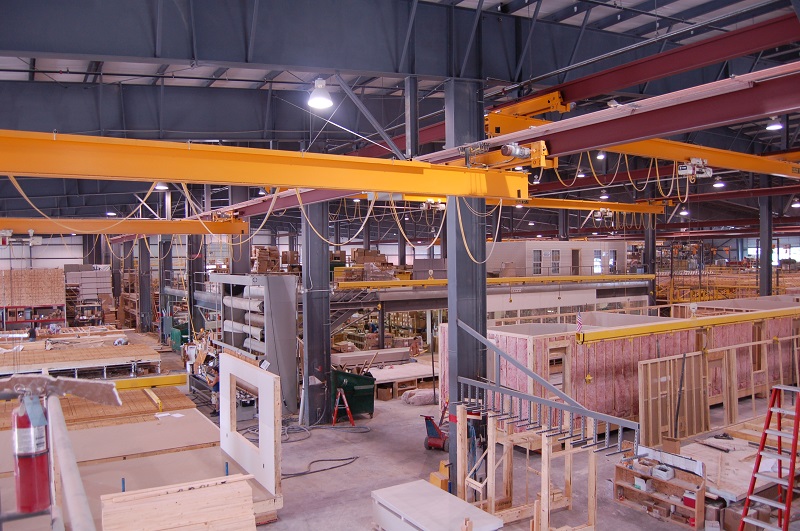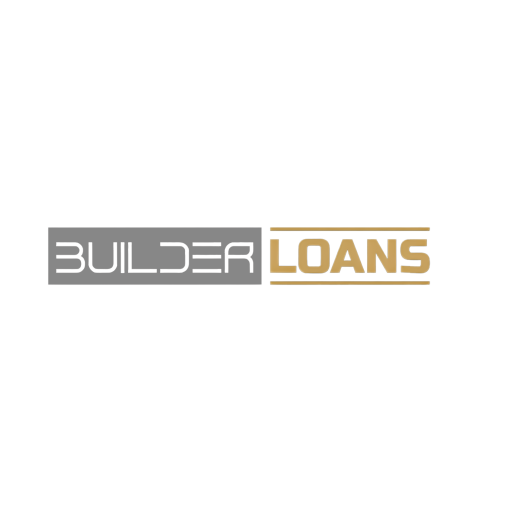FHA construction loans are special home loans backed by the government. Many people like them because they offer easy approvals and low down payments. However, while they have strong points, it’s key to know their downsides too. This ensures you make a smart choice for your future.
Let's Know About FHA Construction Loans
Higher Mortgage Insurance Premiums:
Mortgage Insurance Premium (MIP) is a fee you pay with some loans. It protects lenders if a borrower defaults. FHA construction loans often have higher MIP rates than other loans. Over the years, this higher rate can mean you pay more than you might with a different loan.
Strict Property Requirements:
FHA loans come with clear rules about property conditions. Finding homes that meet these rules can be tough. If a home doesn’t qualify, you might have to spend extra on fixes or updates. This means your dream home could end up costing more than planned.
Loan Limits:
FHA loans have set borrowing caps. These caps depend on where the property is and its type. In places where living costs are high, these limits can be a problem. You might find that the loan won’t cover the full cost of a home. Compared to regular loans, which can offer more money, FHA might not always be the best fit for pricier homes.
Longer Approval Process:
FHA loans involve several approval steps. This means they can take longer than other loans to get a green light. While a typical loan might move faster, with FHA, waiting is part of the game. If you’re on a tight schedule, this can push back when you start building or when you get your keys. Planning ahead is crucial.
Limited Loan Options:
FHA offers certain loan types for construction. But it doesn’t have the broad range some other loans offer. While conventional loans come in many flavors, FHA keeps it simple. This might limit your choices. Also, if you want to change or refinance your FHA loan later, it can be tricky. Flexibility is something to think about.
Potential for Higher Interest Rates:
Sometimes, FHA construction loans can come with steeper interest rates. Various factors, like loan risk, play a part. When you stack them against conventional loans, FHA rates might be a bit higher. Over time, even a small rate difference can cost you. It’s essential to weigh these costs when choosing a loan.
Occupancy Requirements:
With FHA loans, there’s a catch. You must live in the home you buy. That means no renting it out or using it just as an investment. This rule can be a roadblock if you hoped for rental income or future flexibility. If you want freedom in how you use your property, this is a key point to consider.
Conclusion
FHA construction loans come with specific downsides, from higher insurance costs to strict home rules and borrowing limits. While they have benefits, it’s crucial to balance them against these challenges. Before diving in, always weigh the pros and cons. And remember, talking to a financial expert can guide you to the best choice for your future.





